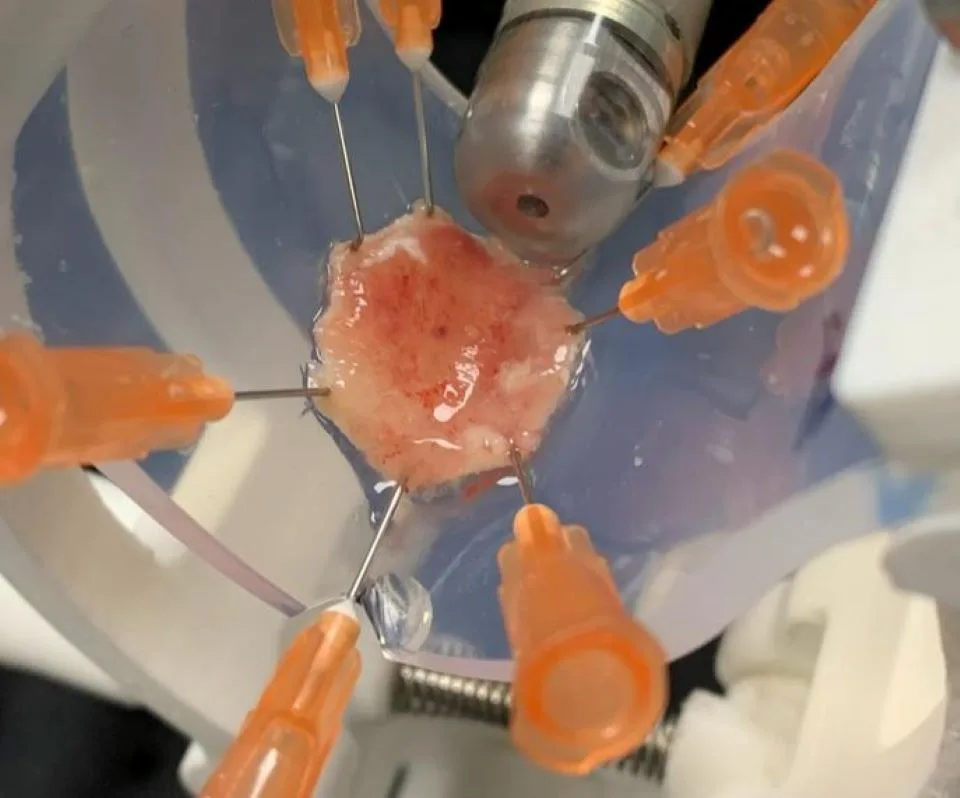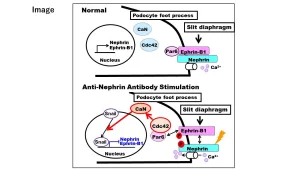Early Detection of Esophageal Cancer Through Advanced Dual Imaging Endoscopy
A groundbreaking advancement in medical technology promises to significantly improve the detection and treatment of early-stage esophageal cancer. Dual imaging endoscopy is emerging as a powerful tool, offering the potential to enhance survival rates and reduce healthcare costs associated with this challenging disease.
The Significance of Early Detection
Esophageal cancer, often diagnosed in its later stages, presents a significant hurdle for effective treatment. The implementation of dual imaging endoscopy marks a crucial step forward, allowing for earlier and more accurate diagnoses. This innovative approach enhances the ability of physicians to identify subtle changes and abnormalities in the esophageal lining, which are indicative of early cancerous development.
How Dual Imaging Endoscopy Works
Dual imaging endoscopy combines multiple imaging techniques to provide a comprehensive view of the esophagus. This typically involves using both white light endoscopy and advanced imaging modalities such as narrow-band imaging (NBI) or autofluorescence imaging (AFI). By integrating these technologies, doctors can better visualize the mucosal surface and identify areas of concern that might be missed with traditional endoscopy alone.
Benefits of Dual Imaging:
- Enhanced Visualization: Provides a detailed view of the esophageal lining.
- Improved Accuracy: Increases the likelihood of detecting early-stage cancers.
- Targeted Biopsies: Allows for precise targeting of suspicious areas for biopsy.
Impact on Survival and Healthcare Costs
The early detection facilitated by dual imaging endoscopy has a direct impact on patient survival rates. When esophageal cancer is identified and treated in its early stages, patients have a significantly higher chance of successful outcomes. Furthermore, the reduced need for extensive and late-stage treatments can lead to considerable savings in healthcare costs.
The Future of Esophageal Cancer Screening
As dual imaging endoscopy becomes more widely adopted, it holds the potential to transform esophageal cancer screening programs. Integrating this technology into routine endoscopic procedures could lead to earlier diagnoses, improved patient outcomes, and a more efficient allocation of healthcare resources.
Final Overview
Dual imaging endoscopy represents a significant leap forward in the fight against esophageal cancer. By improving early detection, this technology offers hope for better survival rates and reduced healthcare burdens, marking a new era in the management of this disease.




+ There are no comments
Add yours